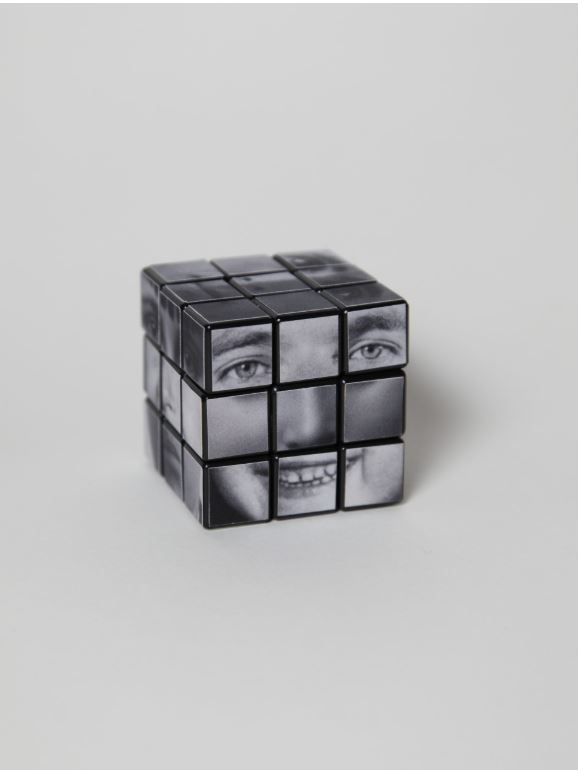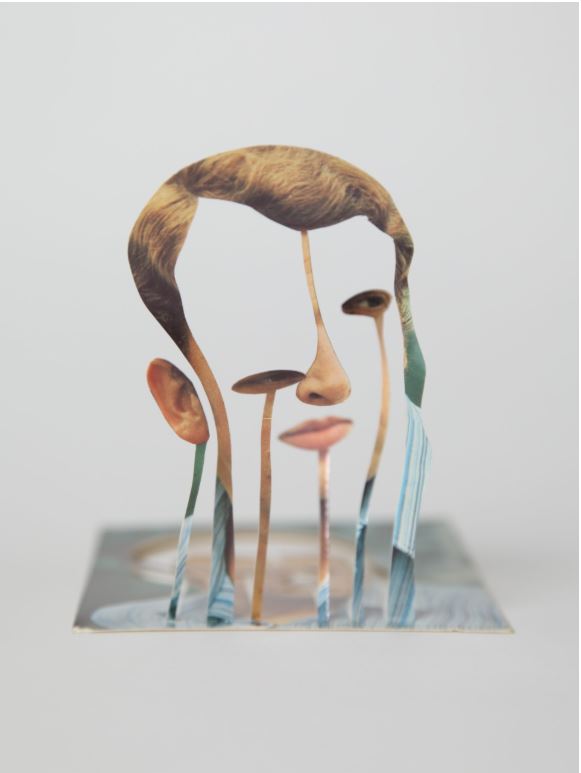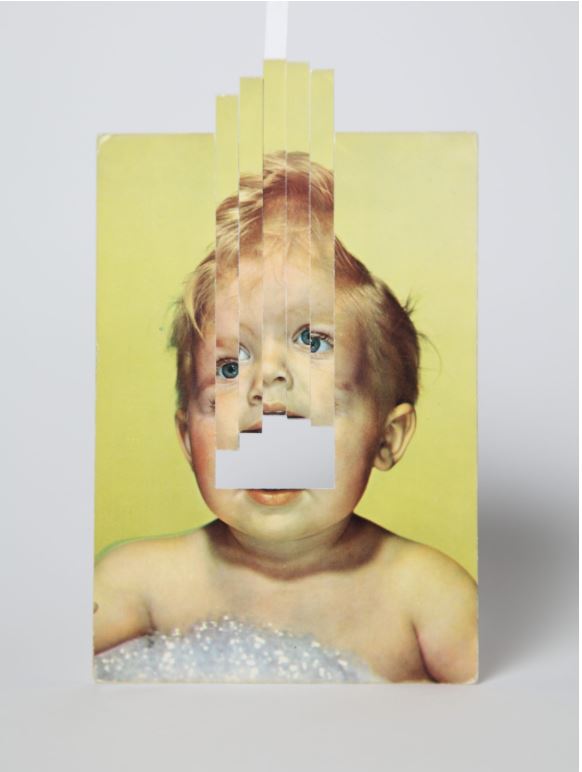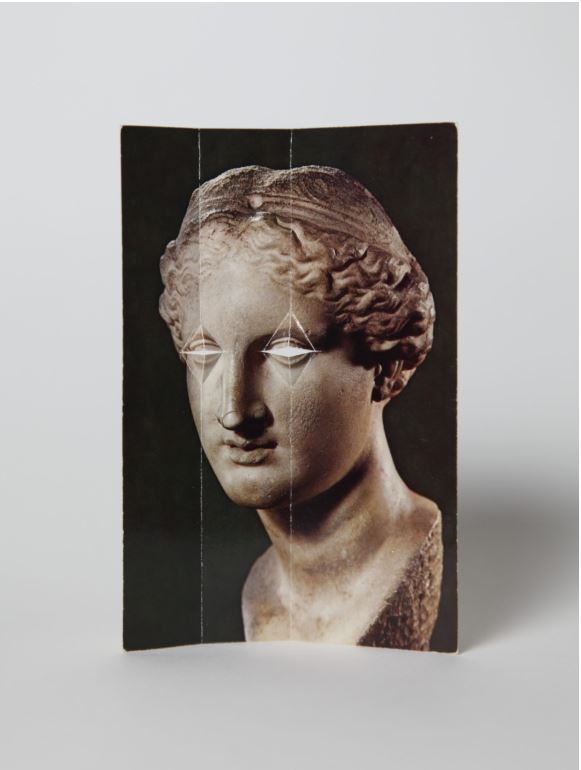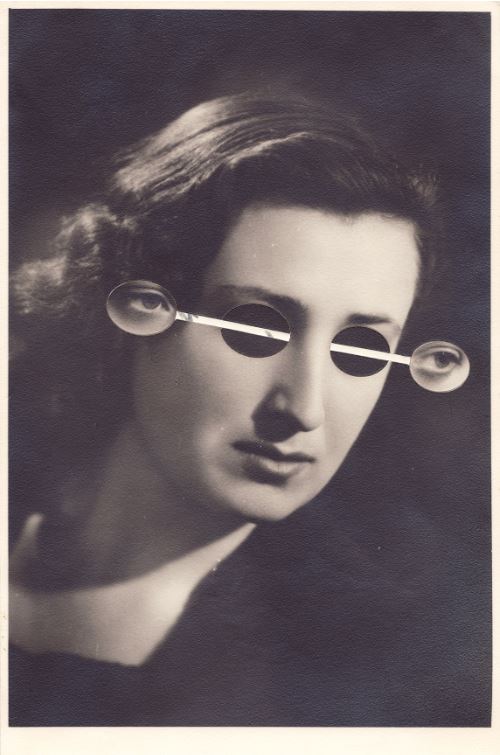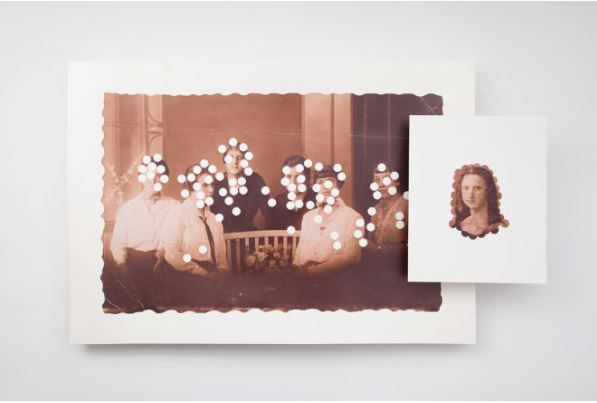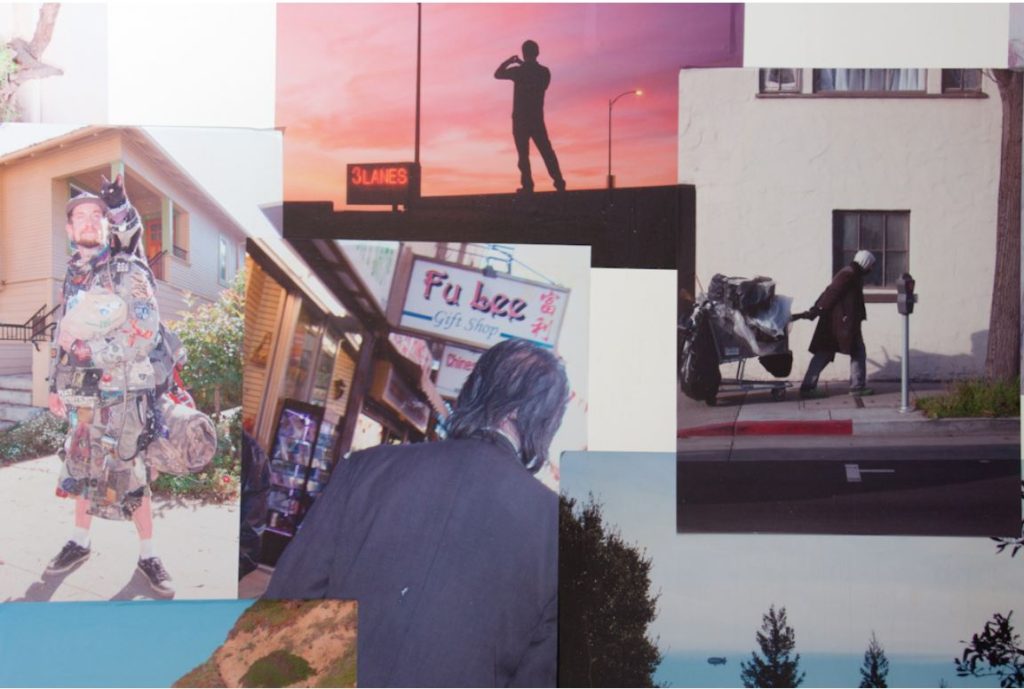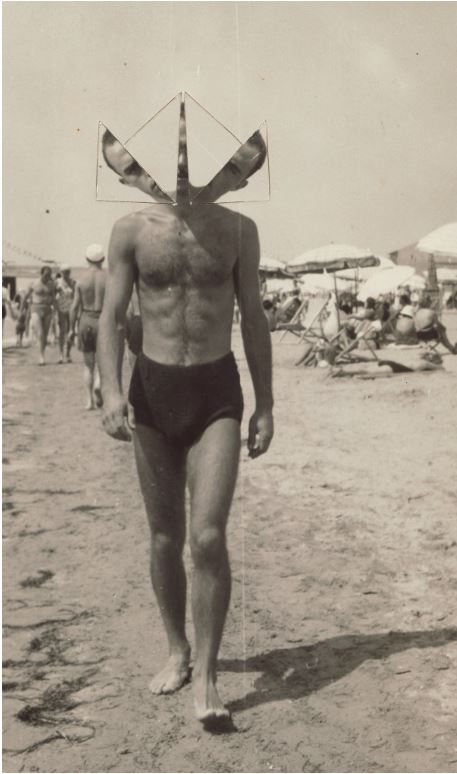Mood Board:

“Nan Goldin is a contemporary American photographer who became famous in the 1980s for her gritty, intimate, often chaotic images of friends, lovers, and herself in the Boston queer and party scenes of the time. Her most famous body of work The Ballad of Sexual Dependency has become an invaluable record of a creative community soon to be torn apart by the AIDS crisis – with many of the artist’s photographs now haunting memorials of friends and lovers lost to the disease.
Since the 1980s Nan Goldin has changed the nature of art and documentary photography. By taking her camera everywhere she goes and shooting intimate photographs of otherwise invisible, underground moments in her community, she has turned photography of everyday people, of parties, of sexual moments, and private events into something important and worthy of attention – exhibiting in major galleries around the world.
In later work, Goldin’s photographs are placed alongside images of famous works by Old Masters in the Louvre. Here, she expands her interest in desire, violence, and looking to encompass the Western history of art and image-making, and shows viewers that these interests have always been important to us, whilst also unsettling the languages of desire in paintings by male artists, through her own complex visions of sexuality, gender, and intimacy.” https://www.theartstory.org/artist/goldin-nan/
Image Analysis:
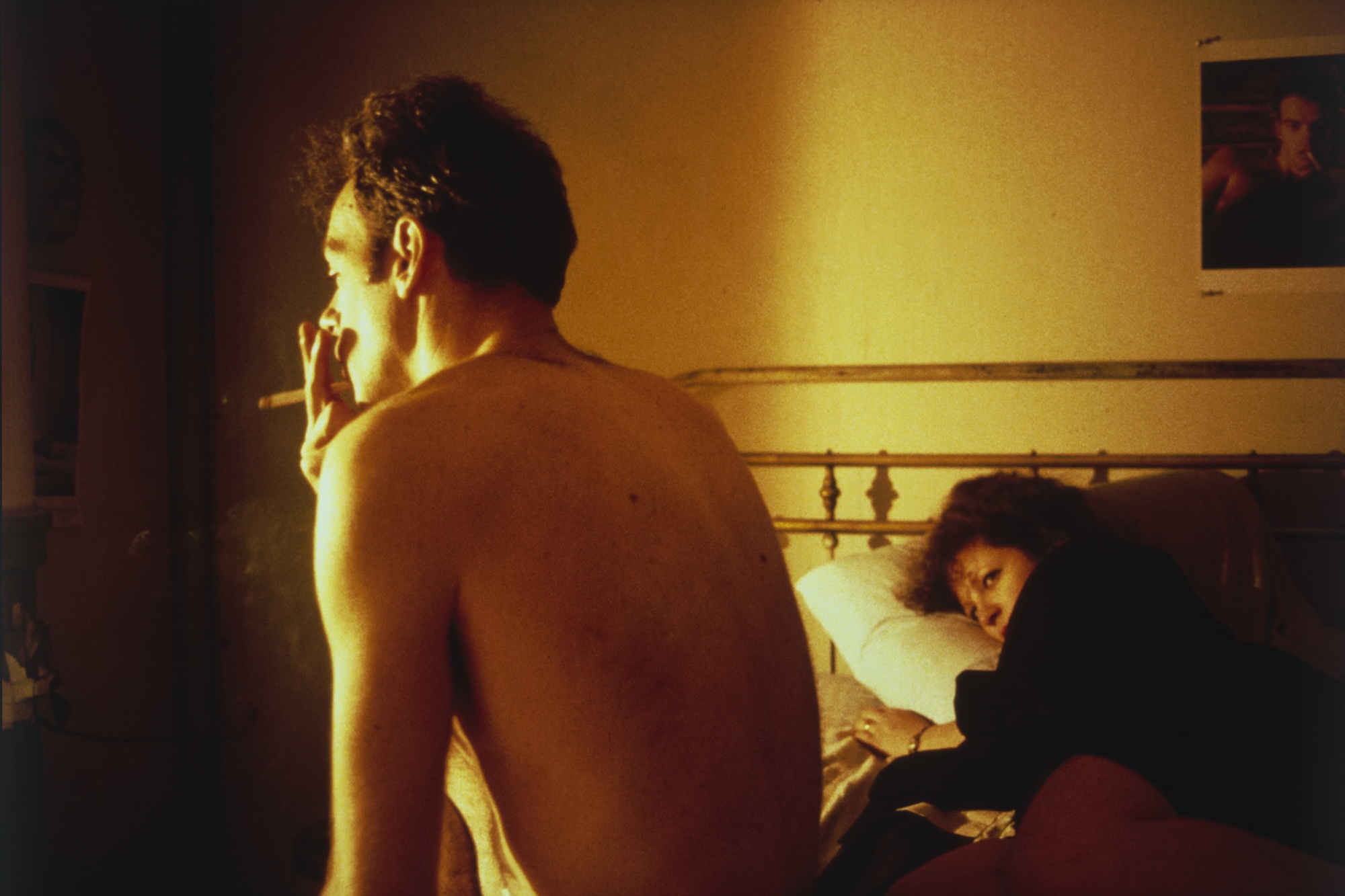
Technical:
This image looks like it was taken with natural light to capture the raw moment. This image has quite a high contrast and saturation which give it a ominous vibe. The aperture for this photo is very quite high and the depth of field is quite sharp. Also, the ISO will be around 400 and the white balance looks to be either daylight or shade.
Visual:
The colour of this photo is very saturated and is quite dark to give it a ominous and mysterious look to it. Also the cropping of this photo leads the eye to the people sitting on the bed. Also, the people being the main focus in the photo makes it stand out a lot.
Contextual:
This photo was taken to show one of the arguments Nan Goldin had with her partner and she wanted to portray a pejorative feel to the photo. Also, the context behind abuse and unhealthy relationships are prevalent in her work.
Conceptual:
Her work portrays gritty, intimate, often chaotic images of friends, lovers, and herself in the Boston queer and party scenes of the time. Also, she expands her interest in desire, violence, and looking to encompass the Western history of art and image-making, and shows viewers that these interests have always been important to us, whilst also unsettling the languages of desire in paintings by male artists, through her own complex visions of sexuality, gender, and intimacy.


